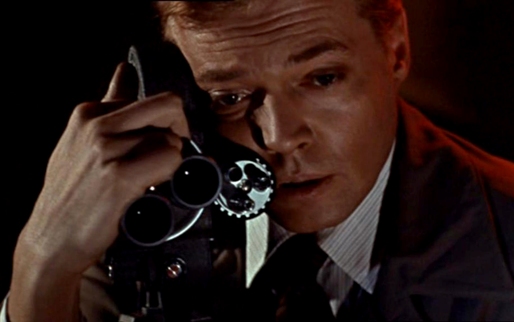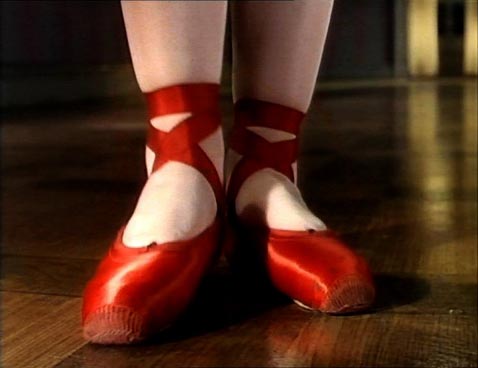
THE RED SHOES
Anton Walbrook, Marius Goring, Moira Shearer, Robert Helpmann, LeonideMassine, Albert Bassermann, Ludmilla Tcherina, Esmonde Knight & Jean Short / Cinematography Jack Cardiff / Design Hein Heckroth / Choreography Robert Helpmann / Score Thomas Beecham / Produced & Directed Michael Powell & Emeric Pressburger
LERMONTOV: The Ballet of the Red Shoes is from a story by Hans Christian Andersen. It is about a young girl who is devoured by an ambition to attend a dance in a pair of red shoes. She get’s the shoes and goes to the ball. For a time all goes well, and she is happy. But at the end of the evening she is tired and wants to go home. But the red shoes are not tired. The red shoes are never tired. They dance her out into the street, they dance her over the mountains and valleys, through fields and forests, through night and day. Time rushes by, love rushes by, life rushes by, but the red shoes dance on.
CRASTER: What happens in the end?
LERMONTOV: Oh, in the end she dies.
After the impact that their striking ‘Black Narcissus’ made upon it’s release, Messrs. Powell & Pressburger looked about for a new project for their independant company ‘The Archers’ to sink their combined teeth into. Some years earlier Pressburger had penned a script with Merle Oberon in mind, based on the Hans Christen Anderson fairytale ‘The Red Shoes’, but the project came to nothing. Excited by the experimental & allegorical possibilities, Powell convinced his partner to reclaim the screenplay, and they set to work fleshing it out. Initially the idea was to have a view on the creative process of a Ballet Company putting on a production of ‘The Red Shoes’, in the mode of the traditional Hollywood show within a show, but with particular emphasis on the destructive relationship between Art and the Artist. Specifically, between a Svengali like Director Lermontov (Anton Walbrook), and his protege Ballerina Victoria Page (Moira Shearer)who initially thrives under his attentions, but is ultimately destroyed when she is forced to choose between Art & love, between the dance and young composer Crastner (Marius Goring). Powell felt strongly that there was was a need for such a film to lift British Cinema out of the B&W gloom that had lingered in Post war Britain. A cathartic need if you will..as Powell put it – ‘..we had all been told for ten years to go out and die for freedom and democracy, for this and for that, and now the war was over, The Red Shoes told us to go and die for Art.’
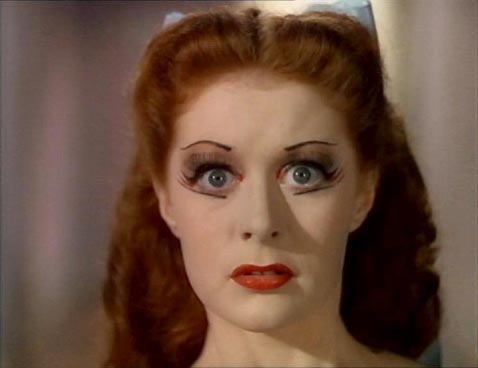
‘A great impression of simplicity can only be achieved by great agony of body and spirit.’
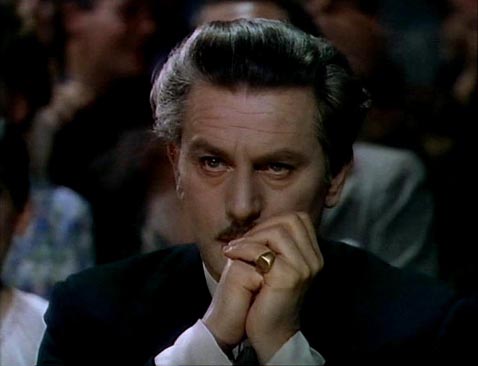
From the very beginning Powell had two clear things in mind. He wanted a real ballerina, and he must have a twenty minute Ballet of the Red Shoes within the story. Pressburger winced at the the second stipulation, worried that such a thing was impossible in cinematic terms, that audiences would glaze over. Powell acquiesced by three minutes, chopping his vision to seventeen minutes, but would go no further. ‘I don’t want a theatre-ballet, I want a film-ballet. I want such a ballet as audiences have never seen.. I want to see what she’s feeling, while she is dancing.’ This intensity of creative vision somewhat blurs the line between Powell & what can be seen as his alter-ego the controlling Director Lermantov, for whom his Art is everything, all consuming and beyond reproach. Powell coaxed an unwilling Moira Shearer from the world of Ballet because of his fixation for her..her absolute rightness for the part. Eventually Shearer would be left uncomfortably in the position of being a filmstar who had no ambitions to act, whilst being a dancer who was too well known for her looks to truly dance.
P&P gathered together some of the finest dancers & Ballet choreographers in the world, including Massine, Robert Helpmann (the Child Catcher in ‘Chitty, Chitty, Bang, Bang’), Albert Basserman and of course.. flame haired beauty Moira Shearer, who despite having had no experience as a film actor, shone in the lead role. Although a production of P&P’s company ‘The Archers’, The Red Shoes still required the financial backing of a weighty distributor..and with that backing came commercial sensativity. “A 17 minute ballet?! And what happens to the girl? She leaps to her death in the final scene?!” In short, the backers (the British ‘Rank Organisation’) hated it, and refused to even grant a Premiere, nor even an official film-poster at that. It ran for a few pitiful weeks without publicity and vanished. The film’s saviour came in the shape of a William Heinmann, who ran a small independant Cinema in New York City. He was leased a copy of what was called ‘..some British arty thing about ballet’. It ran for an unprecedented two years, and became a global sensation..everywhere except for Britain of course. Even today, when The Red Shoes appears on just about every official Best Film list, the British DVD release is distributed with little finesse by a small Regional TV company (Carlton) in an almost apologetic fashion. Gene Kelly told Powell that he played The Red Shoes to countless MGM executives to convince them to green light his script for ‘An American in Paris’..the similarities between the two films are glaringly obvious with this in mind. P&P went on to collaborate on two other smaller projects, but it would be Powell alone who would make cinema history once more with his daring tale of obsession ‘Peeping Tom’.
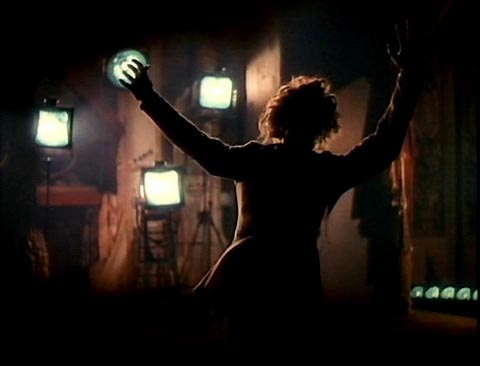
‘You can’t alter human nature? I think you can do even better than that. You can ignore it! You cannot have it both ways. A dancer who relies upon the doubtful comforts of human love can never be a great dancer. Never!’
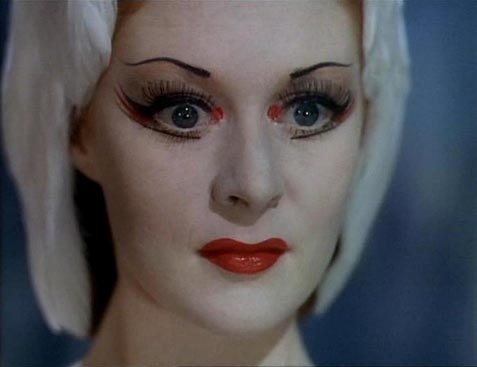
“Mr Powell! I can jump over the balustrade onto a mattress, if you have one.” She asked. A mattress was found. “Mr Powell! Shall I jump like a girl committing suicide, or like a ballerina?” She asked.. I thought.. “Like a ballerina.” I said.
‘Nearly all the British critics, having failed to understand the rest of the picture, picked on this final scene as typical of the bad taste of..Michael Powell. Why all this blood, they asked. why all this sorded realism in a romantic and beautiful fairytale? The poor bastards had obviously never read Hans Christian Andersen, the author of the original story, in which the girl got a woodcutter to cut off her feet with an axe, with the red shoes still on them, and danced to Heaven on the stumps. The whole point of the scene was the conflict between romance and realism, between theatre and life. But I suspect that what they really wanted was a happy ending. Our public knew better.’
MICHAEL POWELL – A LIFE IN MOVIES
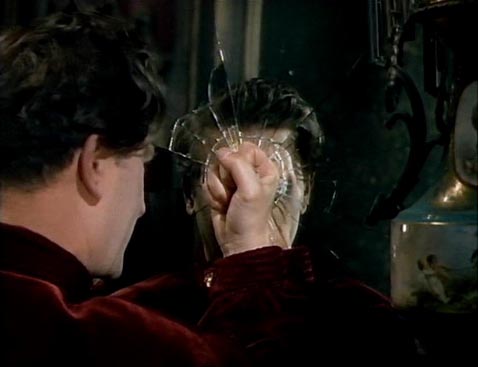
‘..seventeen pairs of ballet slippers dyed in seventeen shades of red.’
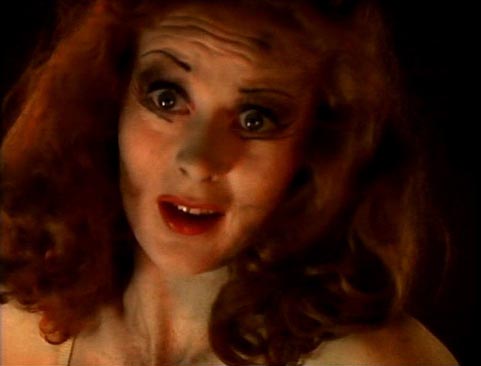
MOIRA SHEARER
‘She was very..spectacular looking..her cloud of Titian red hair, as natural and beautiful as any animal’s, flamed and glittered like an autumn bonfire..’
‘One Saturday morning several years ago, a skinny moppet with a turned-up nose and a mass of unruly carrot-coloured curls hurried through the streets of Ndola, on the borders of Northern Rhodesia and the Belgian Congo, to her first ballet class. She was at that time living there with her mother and father, a civil engineer in the British Colonial Service. Their decision to send their daughter -Moira Shearer- to the local dancing class laid the foundations for her brilliant career as one of Britain’s most promising young ballerinas, for by the greatest fortune, the teacher was Ethel Lacey, former member of the Diaghilev ballet and pupil of Cechetti. Acting upon Miss.Lacey’s advice, Moira was taken to the celebrated Russsian teacher, Nicholas Legat, on returning to England..and on to the Sadlers Wells Ballet Company..’
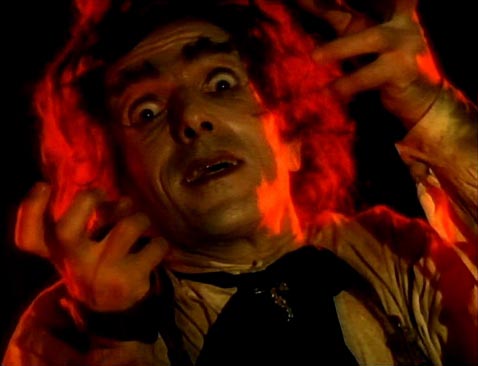
‘The big Faust-like scene in which Lermontov and Crastner fight for Vicky’s body and soul..the selfishness and cruelty of the two men who loved and killed Victoria Page suddenly flared into reality. They mishandled Moira as if she were a beautiful thoroughbred, pulling her head this way and that. Because the two men were both refined and cultivated artists, the brutality of the scene was all the more disturbing. This was no longer acting, Moira, the centre of this savage combat, got frightened, missed her cues and started to cry..turned blindly from one man to the other like a broken doll between them..the mascara was running. She snatched at her lines wildly, and after Crastner made his exit she seemed to neither see nor hear as Lermontov raises her to her feet and led her towards the door, saying: Vicky, little Vicky! Now you will dance as you have never danced before.’
MICHAEL POWELL – A LIFE IN MOVIES
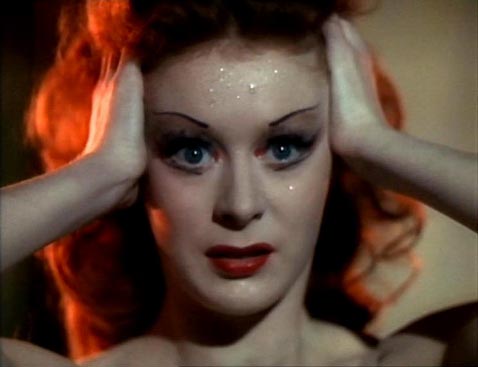
Excerpt from ‘The Ballet of the Red Shoes’
___________________________________________________________________________

THE LINE, THE CROSS & THE CURVE (1994)
Kate Bush, Miranda Richardson, Lindsay Kemp / Written Kate Bush / Cinematography Roger Pratt / Produced Margarita Doyle / Directed Kate Bush
I thought it would be interesting to include this experimental short film made by Kate Bush in the 90’s, to accompany her 7th album ‘The Red Shoes’. It’s essentially a string of music videos tied together with dreamy interludes, but with some lovely little oddball touches and references to the Powell & Pressburger film. ‘The Line, the Cross & the Curve’, was a natural progression from her highly imaginative music videos, that were in themselves short films of beautiful quality. It was inevitable that Kate would try her hand at something more ambitious, but sadly it didn’t really make much of an impact upon it’s release, and marked the last project until her recent ‘Ariel’ album more than a decade later. Okay, some of the spoken lines fall a little flat, but there’s some wonderfully theatrical set pieces, a gorgeous use of colour and the songs are hauntingly beautiful. It clocks in at about forty odd minutes, and loosely sticks to the story told in the ballet sequence of the P&P film, with the addition of another dancer who passes on the curse (Miranda Richardson). The cinematography was handled by Roger Pratt, who went on to shoot ‘Chocolat’ & the Harry Potter films interestingly enough. As far as I know this is only available on VHS, although there’s various digital copies in WWW circulation.
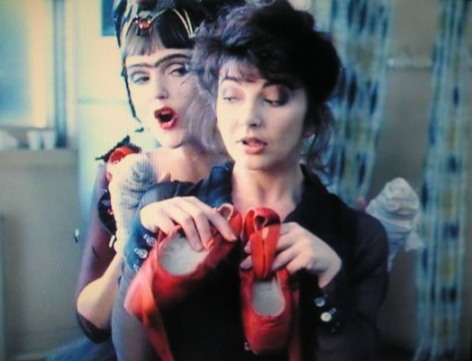
Here’s the build up to ‘The Red Shoes’ song..
________________________________________________________________________________

